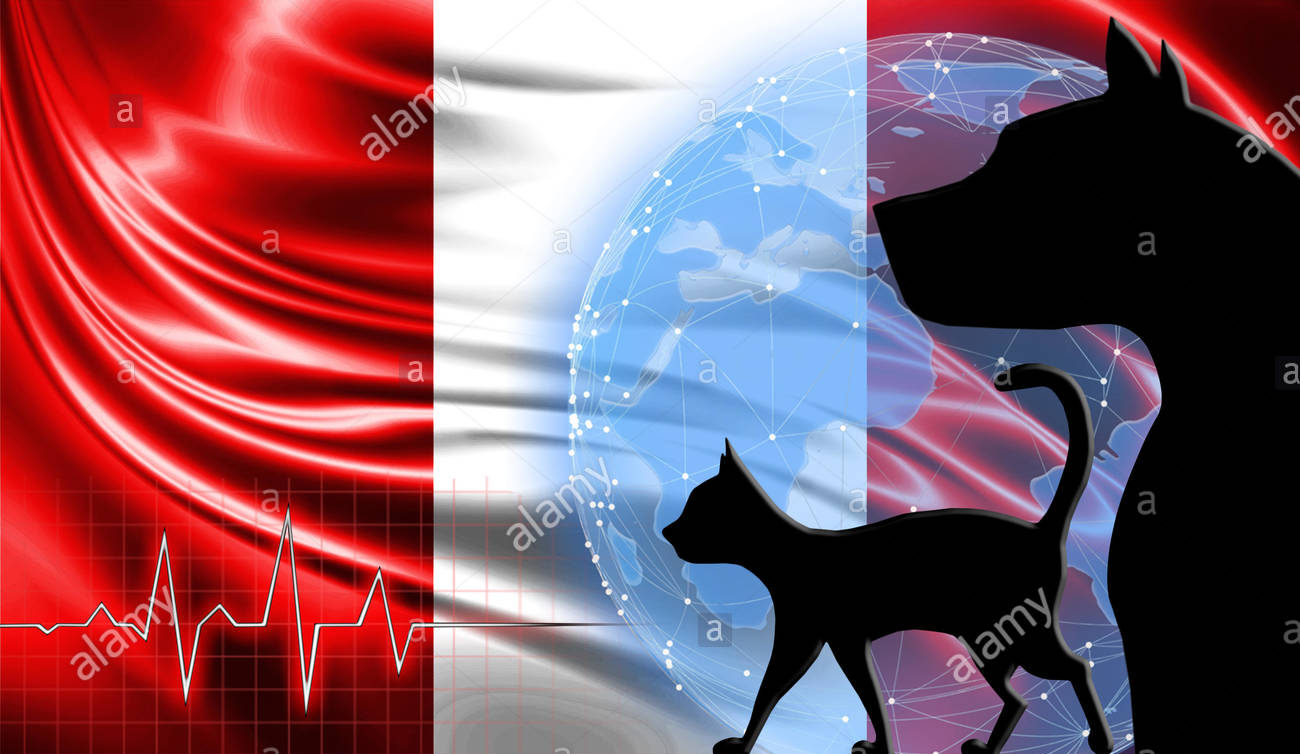Chiribaya Dog
The Chiribaya Dog or Peruvian Shepherd Dog was a pre-Columbian breed of dog from the southwest of Peru, identified by the 42 mummies discovered by anthropologist Sonia Guillén Oneglio in the Ilo District, Moquegua Region, on the southern coast of Peru. It has been established that it was a llama herding dog. The dogs were not only an important part of the social structure of the ancient Peruvians, but they received special treatment after death as well. The dog variety has been referred to in various Spanish-language documentaries under different terms, such as el perro pastor Chribaya (‘the Chiribaya shepherd dog’) and pastor Peruano (‘Peruvian shepherd’), though the ancient Peruvians did not keep sheep. Its original name is unknown (it has been referred to more ambiguously by the term perro Peruano or perro del Perú (‘Peruvian dog’, ‘dog of Peru’), but this has also been applied to an extant but ancient hairless variety, referred to in more detail as perro sin pelo del Perú, ‘hairless dog of Peru’, or the Peruvian Inca Orchid, a favourite in South American dog shows.
Peruvian Hairless Dog
According to the FCI breed standard, the most important aspect of its appearance is its hairlessness. The dog may have short hair on top of its head, on its feet, and the tip of its tail. In Peru, breeders tend to prefer completely hairless dogs. The full-coated variety is disqualified from conformation showing. The colour of the skin can be chocolate-brown, elephant-grey, copper, or mottled. They can be one colour or one colour with tongue pink spots. Albinism is not allowed. The eye colour is linked to skin colour. It is always brown, but dogs with light colours can have clearer eyes than darker-skinned dogs.
Peruvian Hairless is an ancient breed in the history of Peru, depicted in pre-Incan art and pottery. Although it is often perceived to be an Incan dog because it is known to have been kept during the Inca Empire (the Spaniards classified them as one of the six different breeds of dogs in the empire), they were also kept as pets in pre-Inca cultures from the Peruvian northern coastal zone. Ceramic hairless dogs from the Chimú, Moche, and Vicus culture are well known. Depictions of Peruvian hairless dogs appear around A.D. 750 on Moche ceramic vessels and continue in later Andean ceramic traditions. The main area of the Inca Empire (the mountains) is too cold for the natural existence of hairless dogs. While they were commonly eaten in ancient times, in the northern coastal areas of Peru, the Inca prohibited the consumption of dogs when they conquered that region.
The Spanish conquest of Peru brought much larger breeds. Many people avoided Peruvian Hairless strays in cities, believing that they lacked fur because of illness. The breed survived in rural areas where the people believed that they held a mystical value, and because of their reputation to treat arthritis.
Peruvian Hairless dogs are now a symbol of Peru and part of its national heritage, celebrated in art and literature.
The Fédération Cynologique Internationale (FCI) accepted the breed and adopted an official breed standard. Before that time, in the United States, some enthusiasts created another type of Peruvian hairless dog, the Peruvian Inca Orchid. The Peruvian Inca Orchid is recognized by the AKC, and all recognized dogs are descendants of 13 dogs brought from Peru in the early 20th century. The UKC also recognized the breed in recent years.
